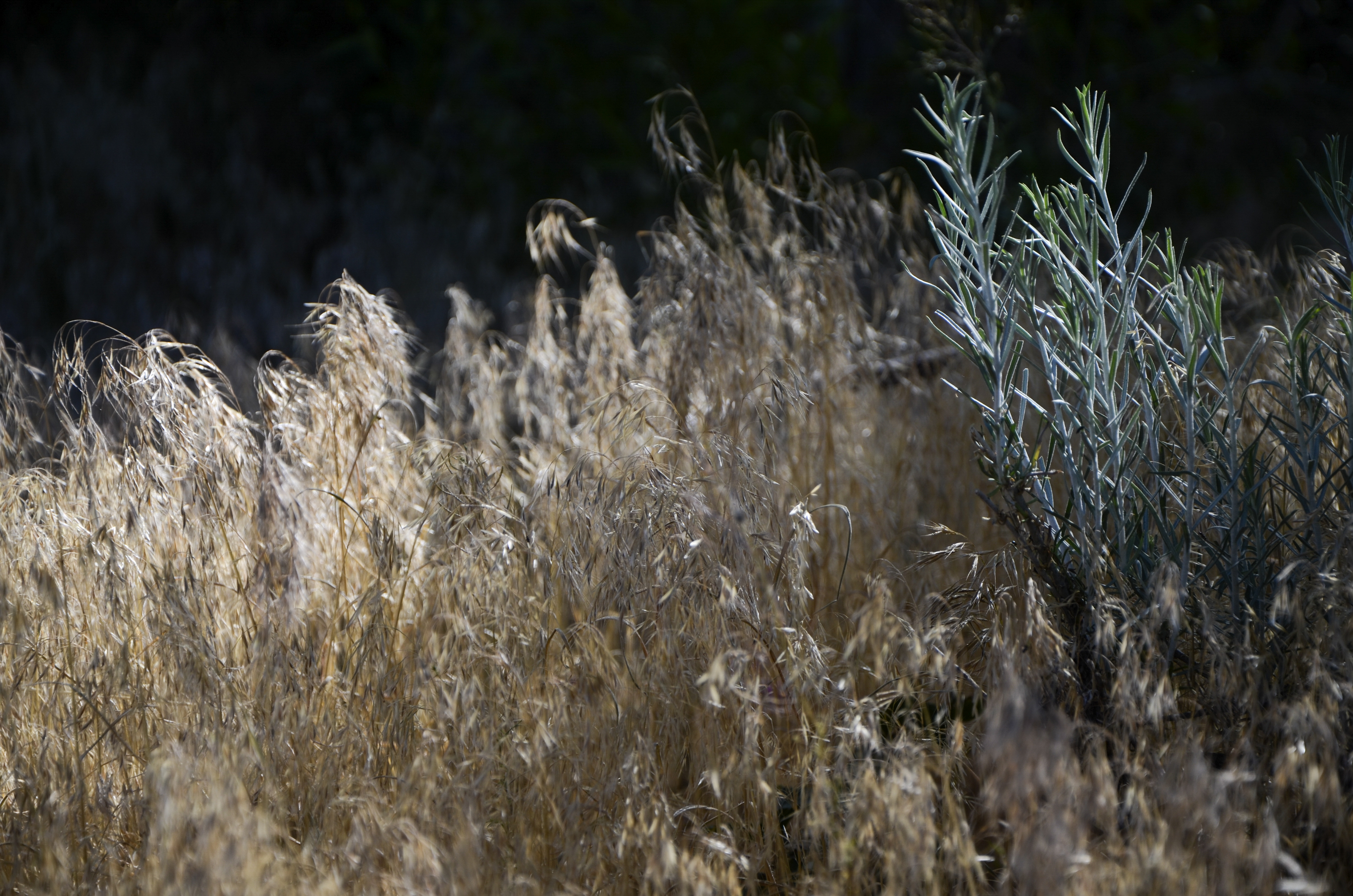“Every black cloud has a silver lining!” We have heard this quote our entire lives. It is meant to help us through dark times by giving us hope that something good can happen. We are now in the middle of an extended drought cycle in Southwest Colorado. It is the beginning of April and winter has not provided the amount of moisture that we would consider normal. The drought forecast doesn’t give us great hope that April and May will provide enough mountain snow fall to make up for the low snow pack that is currently lacking. Many farmers are starting to ask the question of “what should I do this summer?” and the answer is hard because winter isn’t over yet. For now, all we can do is hope for the best but plan for the worst. While planning, we should look for the silver lining, but also have plans that cover a worst case. A realistic look at what crop production potential will exist with the amount of irrigation water that is available and what that will mean to the crop value is important.
Hay producers in the Pine River Valley could see opportunities even though irrigation water may be at below average deliveries. Although, there may be less water available, producers will receive some percentage of water well into the growing season. If there is enough water to produce half of the crop that would be produced on an average year, there may be a potential to market this hay at a much higher value per bale or ton. During a drought year, supply and demand, dictates the cost of hay and this increase in value may make up the difference for lost production due to drought.
On the other hand, cattle producers do not get the same benefit of the possible higher hay prices since they feed the hay that they produce to their own cattle. If hay production is short they may not have enough hay and may be forced to purchase at much higher prices or reduce cattle numbers. Hoping for summer rain to replace irrigation or boost dryland grass production is not a management strategy. It will only cause ranchers to keep animals longer and damage already stressed forage resources. Reducing cattle numbers prior to overgrazing rangelands or worse using hay fields to feed cattle longer will only damage forages to a point that recovery of those forages will take much longer. Reducing cattle numbers is a hard and often stressful decision. Feeding hay through a drought is rarely profitable and often increases the financial loss to the livestock producer. Waiting until forage resources are gone before reducing herd size often results in a lower market price for those cattle sold due to a flooded market.
One of the most important management activities during a short water year is to use the water early. This means that irrigators should be prepared to irrigate fields on the first day that water is available. Every day lost equates to lost production. Most hay forages in this area are cool season grasses that grow well in April and May. Supplying irrigation water early will have a strong positive response in growth and forage health. By attaining all of the spring growth that is possible, production increases and if it rains in June and July the grasses will be in good condition and will be able to utilize these rains for growth. When I say water early many will ask the question of how early. My answer is usually “that depends on the year” but April 15th is never too early. Don’t get caught in the old tale that cold irrigation water stunts the growth of cool season grasses. Watch how fast grass grows in the first few days after a spring snow and you will see that cold irrigation water doesn’t stunt the growth of grass.
Planning is the key to success. A key part of planning is being honest with yourself about the conditions and what they mean to your operation. Understand that planning is important every year if you want to succeed in hay and livestock production. Planning for drought is always part of the planning process for producers in Southwest Colorado.

